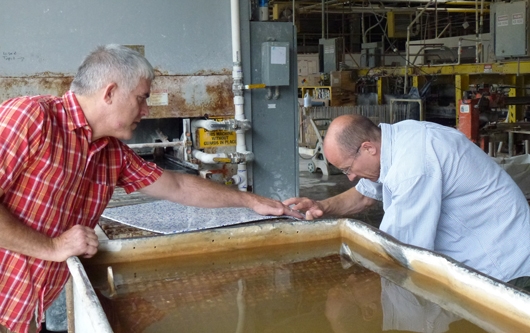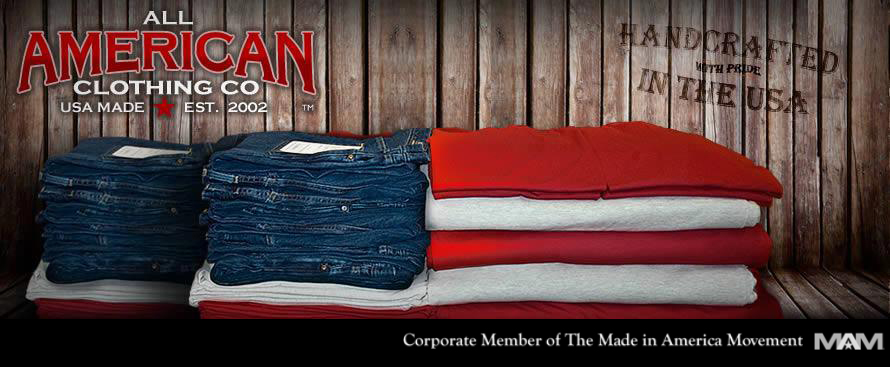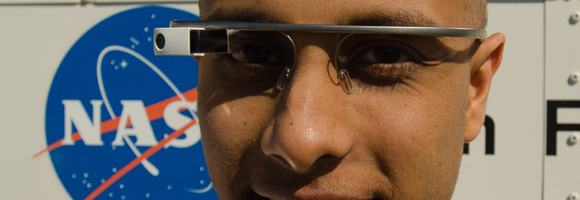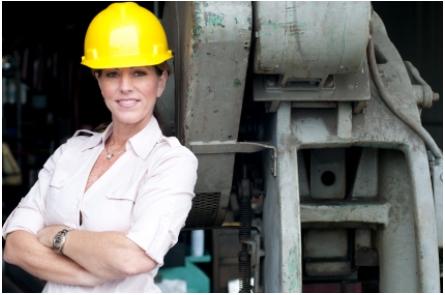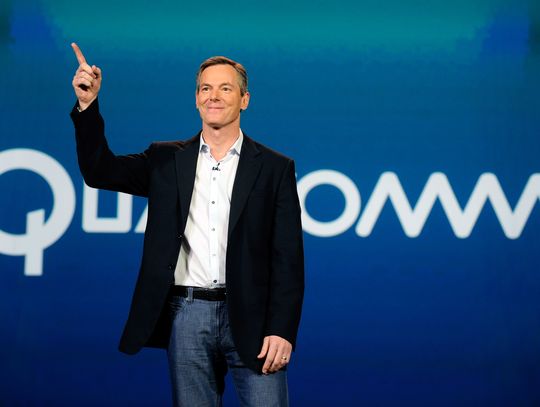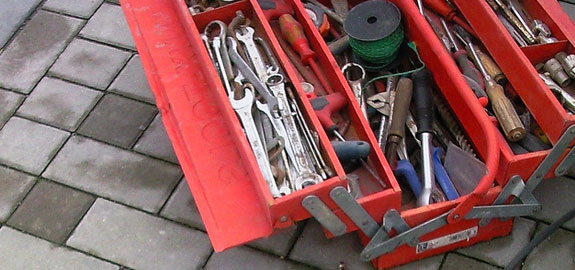It doesn’t take a fictional ad guru like Don Draper to let you know working in manufacturing has a branding problem with younger generations. The good news for the California economy is there’s a new image already being crafted.
“Manufacturing is cool. It’s not smokestacks anymore,” said Adam Hansel, president of DTL. At a recent meeting-of-minds, Hansel held up his iPhone to boast about how his company’s machines helped build the latest Apple smartphone.
And that was one of the big rallying cries at the event: find ways to tell the new story of manufacturing.
The place was the Advanced Manufacturing Summit hosted last week in Sacramento by the governor’s economic development office, GO-Biz, and the point was to get everyone on the same page about pumping up California’s advanced manufacturing sector.
“It’s never happened before: a meeting where all the universities, industry and agencies came together to talk about advanced manufacturing,” said Doug Henton, attendee and also Chairman and CEO of Collaborative Economics.
Advanced manufacturing, briefly put, means using high-tech methods to make specialized or high-tech products, hence the “no smokestacks” comment.
The forum was prompted by a
White House competition to create advanced manufacturing centers around the country and drop on them the funding that goes along with winning one in your state, almost $70 million.
“California raised its hand and said ‘We’re going to take the lead,'” said Kish Rajan, director of GO-Biz, AKA the Governor’s Office of Business and Economic Development. “We’re going to be in the pole position.”
That seems like no-brainer, since California is the largest manufacturing state in the country with 1.2 million jobs in that sector. Rajan added that manufacturing as a whole contributes $230 billion to the state’s economy.
While story of manufacturing shown in the news lately has been how it’s on the decline, shown in colorful chart after colorful chart, boosters see a big opportunity for California.
“This is a different type of manufacturing,” said Henton. “A lot of these are things that we do better. We’re good at it, such as in aerospace. These are industries using advanced tools, like making biomedical devices. We’re a leader in that.”
California’s aerospace industry is still one of the state’s strengths and is represented in its
top 10 exports. While the sector might not return to the good old post-WWII or Cold War days, some see an opening in the unmanned vehicle market, of the land, sea and air variety.
“I think that’s a big place for California to play because, since it’s a knowledge-based economy, it’s about retraining workers that were already in the aerospace industry or bringing in new people to the aerospace industry around this new technology,” said Louis Stewart, deputy director of Innovation and Entrepreneurship at GO-Biz.
But California has ahead of it–maybe not a cliff–but a bit of a workforce hill to climb: Older workers are retiring out of manufacturing and it’s difficult to find the youngsters with the right skills to replace them, thus the comments about making manufacturing cool to the kids these days.
One panelist jokingly mentioned creating an “MTV Cribs” to show off homes of CEO’s of advanced manufacturing companies.
Brandon Cardwell, VP of Programs at the i-GATE Innovation Hub, noted that boomers are now moving out of manufacturing workforce and workforce training isn’t keeping up with the changing labor market. Census figures from 2011
showed that 2.8 million manufacturing workers, or one-quarter of all manufacturing workers, were 55 or older.
“We need bring back shop class in high school,” said Gene Russell of the non-profit Corporation for Manufacturing Excellence.
A big bullet point was the need to get more students interested early and make a clear pathway for them to go from high school all the way to the advanced manufacturer floor. Of course, it might not hurt to let them know manufacturing jobs
can make an average of 39 percent more than the overall California average wage.
“I think now is the time that we need to start connecting the stories from industry and academia so that we understand what kind of workforce needs to be come about for these future trends and then basically rebranded and tell why this new wave of advanced manufacturing is where the students should be looking at, as opposed to looking at traditional manufacturing which is not necessarily the most appealing to the younger generation,” said Stewart.
On top of getting students interested, there’s the issue of getting them trained with the right skills for these high-tech jobs. Tim Rainey, the executive director of California’s Workforce Investment Board, said most training is still modeled for big, industrial manufacturing, but the sector is now made of clusters of smaller companies.
Getting people trained up has also been made difficult by employers decreasing spending on training as an employee benefit.
To do it right, panelists said it will be vital to convince employers to invest into training partnerships with schools with funding, donation of equipment and providing more apprenticeships.
Finally, attendees broke into smaller groups for brainstorming and Rajan wrapped up the day with some words on the new effort.
“If you keep this spirit going, California, as I said this morning, is unstoppable.”

